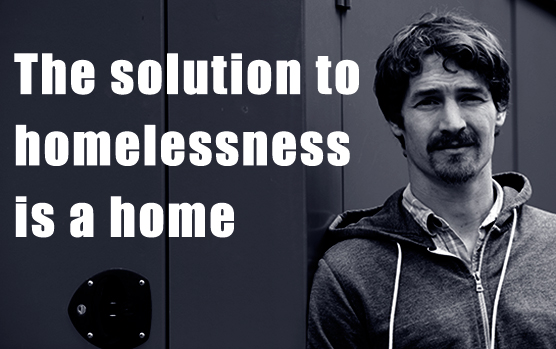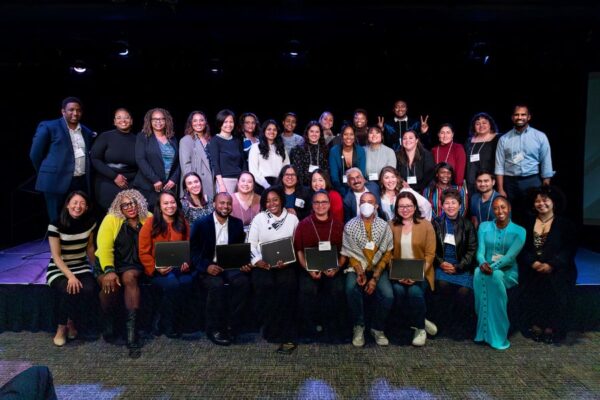Stop the counterproductive conversation around homelessness
Bill Hobson, Executive Director of the Downtown Emergency Service Center, wants us to stop the counterproductive conversation around homelessness. Read on to find out why.
We can’t build our way out of this problem. Nothing sets my teeth on edge faster than hearing or reading this very dysfunctional statement. The solution to homelessness is a home – it’s not rocket science. I think our 10 Year Plan leaders—both public and private—get that on a conceptual level, yet many of them still fall back to this hackneyed cliché, particularly when some observers note that the current plan “has sputtered to an awkward conclusion.” Instead they seem to cling to a current strategy of re-arranging the homeless service system to wrench greater efficiency out of it and spending our existing homeless housing funding more wisely, and, voilà, somehow it will miraculously result in a dramatic reduction of homelessness in King County. It won’t.
Here’s why. There is a national shortage of affordable housing units and this shortage is even more severe in Washington State, particularly in King County. A 2015 Washington State Department of Commerce report on the availability of affordable housing units shows that for every 100 King County extremely low income households (those earning less than 30% of area median income) there are just 15 units available to them. You can access that survey here. The housing shortage is even greater for those at or below 15% of median income—the income category the vast majority of homeless folks fall into. If by some miracle our county was flooded with thousands of rent subsidies for homeless people it is doubtful we could use most of them because not only is there a gap between need and availability, the units that are available exist in a superheated market with rents escalating and many low income people, not just homeless folks, competing for them.
We have to build in King County if we are ever going to see a dramatic reduction in the number of people sleeping on our streets or in encampments and shelters. I’m not suggesting that we cease efforts to be more efficient as a service delivery system or wise in the ways we utilize our existing homeless housing funding. However, if we limit our efforts to these two strategies alone, in 2025 we will be celebrating the 20th anniversary of the 10 Year Plan and there will still be large numbers of people left homeless.
There needs to be a third element in our strategy and it needs to be the dominant one. We have to take the production of homeless housing to a scale equal to the magnitude of the need and that will cost a lot of money in capital and operational funding. Far more money than is currently available. The 10 Year Plan leadership—both public and private—has been largely silent about this because it’s a daunting task many of them are too timid to take on. We should be advocating, demanding that the State, County and City figure ways to increase public revenues to produce more housing for homeless people. What we should not do is ever again utter the totally counterproductive statement, “We can’t build our way out of this problem.”





Comments